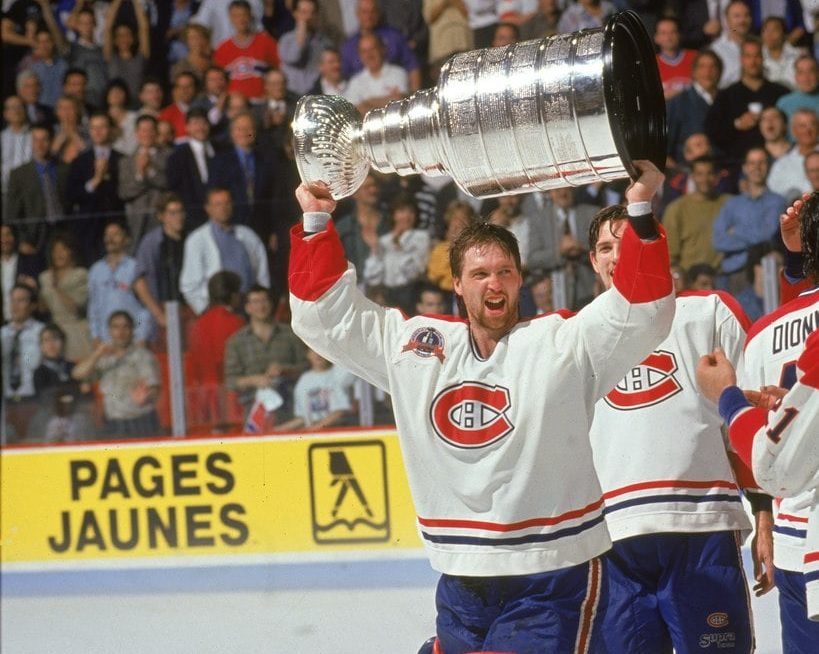

The December 6, 1995, trade that sent Patrick Roy, arguably one of the greatest goaltenders in NHL history, from the Montreal Canadiens to the Colorado Avalanche remains a watershed moment for both franchises. More than two decades later, the implications of that deal continue to be debated and analyzed, solidifying its place as one of the most impactful and controversial trades in hockey history.
Roy's departure from Montreal was precipitated by a tumultuous game on December 2, 1995, against the Detroit Red Wings. Roy was left in net for nine goals by coach Mario Tremblay. When he was finally pulled midway through the second period, Roy told team president Ronald Corey that he had played his final game for the club. Just four days later, the Canadiens traded Roy and captain Mike Keane to the Colorado Avalanche in exchange for Andrei Kovalenko, Martin Rucinsky, and Jocelyn Thibault. At the time, Canadiens General Manager Réjean Houle had only been in the role for 40 days.
For the Avalanche, the acquisition of Roy instantly transformed the team into a Stanley Cup contender. In their first season after moving from Quebec, Roy helped the Avalanche win their first Stanley Cup. Roy's arrival not only provided stability in net but also instilled a winning mentality throughout the locker room. He was a runner-up for the Vezina Trophy to Jim Carey. Roy would win another Stanley Cup with the Avalanche in 2001 and cemented his legacy as one of the greatest goaltenders of all time.
The trade also intensified the already fierce rivalry between the Avalanche and the Red Wings. Fueled by the circumstances of Roy's departure from Montreal after the 11-1 loss to Detroit, the two teams met in the playoffs five times between 1996 and 2002, with the Avalanche winning in 1996, 1999, and 2000. Roy was a large part of the Avalanche–Red Wings rivalry, which also involved players Adam Foote and Brendan Shanahan, among others.
In Montreal, the aftermath of the Roy trade was long and painful. While the Canadiens hoped that Thibault, Rucinsky, and Kovalenko would form a solid foundation for the future, none of them developed into the star players the team needed. The Canadiens struggled to find a consistent replacement for Roy in net for years to come, and the trade is often cited as a turning point that marked the beginning of a period of decline for the storied franchise.
The trade is viewed as one of the most one-sided deals in NHL history. It's safe to say that when the Florida Panthers went out and acquired Matthew Tkachuk, that move changed the course of the entire franchise. The Panthers won the Presidents' Trophy during the 2021-22 season and proceeded to trade Jonathan Huberdeau (who had a 115-point season), defenseman Mackenzie Weegar, Cole Schwindt, and a 2025 first-round pick (Cullen Potter) to the Calgary Flames. While the move seemed crazy when it was announced, the Panthers have gone to the Stanley Cup Final three years in a row and have now won the trophy in back-to-back years. Roy helped them win the Stanley Cup in 1986 and also won the Conn Smythe Trophy as the playoffs' most valuable player. Furthermore, he captured two Vezina Trophies in his tenure with the Canadiens (1989, 1992) and finished with a 2.89 goals-against average (GAA) and a .904 save percentage (SV%).
Despite the initial animosity surrounding his departure, Roy has gradually repaired his relationship with the Canadiens organization and its fans. His number was eventually retired by the team, and he has made several appearances at the Bell Centre in recent years, receiving warm welcomes from the Montreal faithful. While the pain of the trade may never fully dissipate for some fans, there is a recognition of Roy's immense contributions to the Canadiens' history, including two Stanley Cups and numerous individual accolades.